Valedictorians represent the pinnacle of academic achievement in educational institutions—students who demonstrate exceptional dedication, intellectual excellence, and consistent high performance throughout their academic careers. Recognizing these outstanding scholars creates powerful motivation for current and future students while building institutional pride and celebrating the educational mission at the heart of every school.
Yet many schools struggle with outdated recognition approaches that fail to adequately honor academic excellence. Traditional brass plaques offer limited information and fixed capacity. Printed displays deteriorate and become difficult to maintain. Static recognition systems cannot accommodate growing achievement histories or provide the engaging, interactive experiences that resonate with digital-native students and their families.
This comprehensive guide explores how schools can effectively recognize valedictorians using modern recognition solutions like Rocket Alumni Solutions—creating dynamic, comprehensive academic celebration systems that preserve institutional history, motivate student excellence, and demonstrate commitment to educational achievement.
Understanding Valedictorian Recognition and Its Importance
Before implementing specific recognition strategies, understanding what makes valedictorian recognition meaningful helps ensure efforts create genuine impact rather than empty gestures.
The Educational Value of Academic Recognition
Research in educational psychology consistently demonstrates that recognizing academic achievement significantly influences student motivation, school culture, and educational outcomes. When schools prominently display academic excellence, they communicate clear values while creating aspirational models for younger students.
Key Benefits of Valedictorian Recognition:
- Motivates Academic Excellence: Visible recognition of top achievers creates clear goals students can work toward, encouraging sustained effort and high performance
- Establishes Academic Culture: Prominent academic recognition communicates that intellectual achievement matters as much as athletic or extracurricular success
- Creates Role Models: Current students see accomplished peers and alumni as examples of achievable excellence within their own school community
- Builds Institutional Pride: Comprehensive recognition of academic achievement over time demonstrates educational quality and institutional effectiveness
- Strengthens Alumni Connections: Honored alumni maintain stronger ties to institutions that publicly celebrate their accomplishments
- Validates Educational Mission: Academic recognition reinforces that education is the central purpose driving all institutional activities

Why Traditional Recognition Falls Short
Many schools maintain traditional valedictorian recognition through simple plaques listing names and graduation years. While these approaches have historical value, they face significant limitations in today’s educational environment:
Traditional Recognition Limitations:
- Limited Information: Plaques typically include only name and year, providing no context about accomplishments, future plans, or student stories
- Space Constraints: Physical wall space limits how many years of recognition schools can display, forcing difficult decisions about removing older plaques
- Maintenance Challenges: Brass plaques tarnish, printed materials fade, and physical displays deteriorate requiring ongoing maintenance and replacement
- Fixed Content: Once installed, traditional displays cannot be updated with additional information about alumni achievements or corrected if errors occur
- Minimal Engagement: Static displays fail to capture student attention in an increasingly digital, interactive world
- Accessibility Issues: Physical displays can only be viewed in person, limiting family and community access
- No Search Capability: Finding specific individuals across years of graduates requires visual scanning through extensive lists
These limitations mean many schools with rich academic achievement histories cannot adequately celebrate decades of valedictorians and academic excellence—undermining the motivational and cultural impact recognition should provide.
How Rocket Alumni Solutions Transforms Valedictorian Recognition
Digital recognition systems specifically designed for educational institutions address traditional limitations while adding capabilities that enhance recognition impact and sustainability.
Comprehensive Digital Recognition Platforms
Modern solutions like Rocket Alumni Solutions provide purpose-built platforms for celebrating academic achievement through interactive digital displays that engage students and families while preserving institutional history.
Core Platform Capabilities:
Unlimited Recognition Capacity: Digital systems accommodate unlimited valedictorians across your institution’s entire history without space constraints. Schools can recognize 10, 25, 50, or 100+ years of top graduates without difficult decisions about removing older recognition to make room for new honorees.
Rich Student Profiles: Rather than simple name listings, digital platforms enable comprehensive profiles including:
- High-quality student photographs
- Graduation year and academic honors
- Final GPA and class rank details
- College or university destinations
- Scholarships and awards received
- Notable academic achievements
- Student quotes or reflections
- Future career goals and aspirations
- Links to college programs or fields of study
Easy Content Management: Web-based content management systems require no technical expertise, enabling school staff to:
- Add new valedictorians annually through simple forms
- Update profiles with additional information as it becomes available
- Correct errors or add missing details easily
- Include multiple photos per student
- Schedule content publication for graduation ceremonies
- Manage recognition from any device with internet access

Interactive Exploration: Touchscreen displays or web interfaces allow students, families, and visitors to:
- Search for specific valedictorians by name or year
- Browse chronologically through graduation years
- Filter by college destination or intended major
- View high-resolution photos and detailed profiles
- Access recognition from school websites or mobile devices
- Share recognition content through social media
Professional Presentation: Purpose-built templates ensure consistent, attractive presentation without design work:
- School-branded colors and visual identity
- Professional layouts that highlight content
- Responsive design adapting to all screen sizes
- Automatic formatting maintaining quality
- Regular platform updates adding new features
Integration with Broader Academic Recognition
Valedictorian recognition works most effectively as part of comprehensive academic celebration systems honoring diverse achievements across multiple categories.
Complementary Recognition Categories:
Schools using Rocket Alumni Solutions typically implement multi-category recognition including:
- Valedictorians and salutatorians from each class
- National Merit Scholars and finalists
- AP Scholars with distinction
- Honor society inductees and leaders
- Academic competition winners
- Scholarship recipients
- College acceptance achievements
- Perfect attendance with academic excellence
- Significant academic improvement recognition
Comprehensive academic walls of fame celebrate multiple dimensions of excellence while valedictorian recognition receives prominent, distinguished placement acknowledging its special significance.
Historical Documentation: Digital systems preserve complete institutional achievement history accessible to:
- Current students seeking inspiration and goals
- Families researching school academic quality
- Alumni reconnecting with their cohorts
- Advancement offices tracking notable graduates
- Counselors discussing college preparation
- Community members evaluating institutional excellence
Implementing Effective Valedictorian Recognition Programs
Successful recognition requires thoughtful planning, clear criteria, and sustainable processes ensuring consistent, meaningful celebration of academic achievement.
Establishing Clear Recognition Criteria
Transparent criteria help students understand how to achieve valedictorian status while ensuring fair, consistent recognition.
Common Valedictorian Selection Approaches:
Highest GPA: Most schools recognize students achieving the highest grade point average across their complete academic career as valedictorians. This straightforward approach provides clear, objective criteria students can work toward.
Multiple Valedictorians: Some schools recognize all students achieving the highest GPA rather than selecting a single valedictorian when multiple students tie. This inclusive approach avoids arbitrary tiebreakers while celebrating all students meeting the highest academic standard.
Class Rank: Schools using class rank systems recognize the top-ranked student(s) as valedictorians, with salutatorians receiving second-highest recognition. Rank-based systems account for course difficulty levels through weighted GPAs.
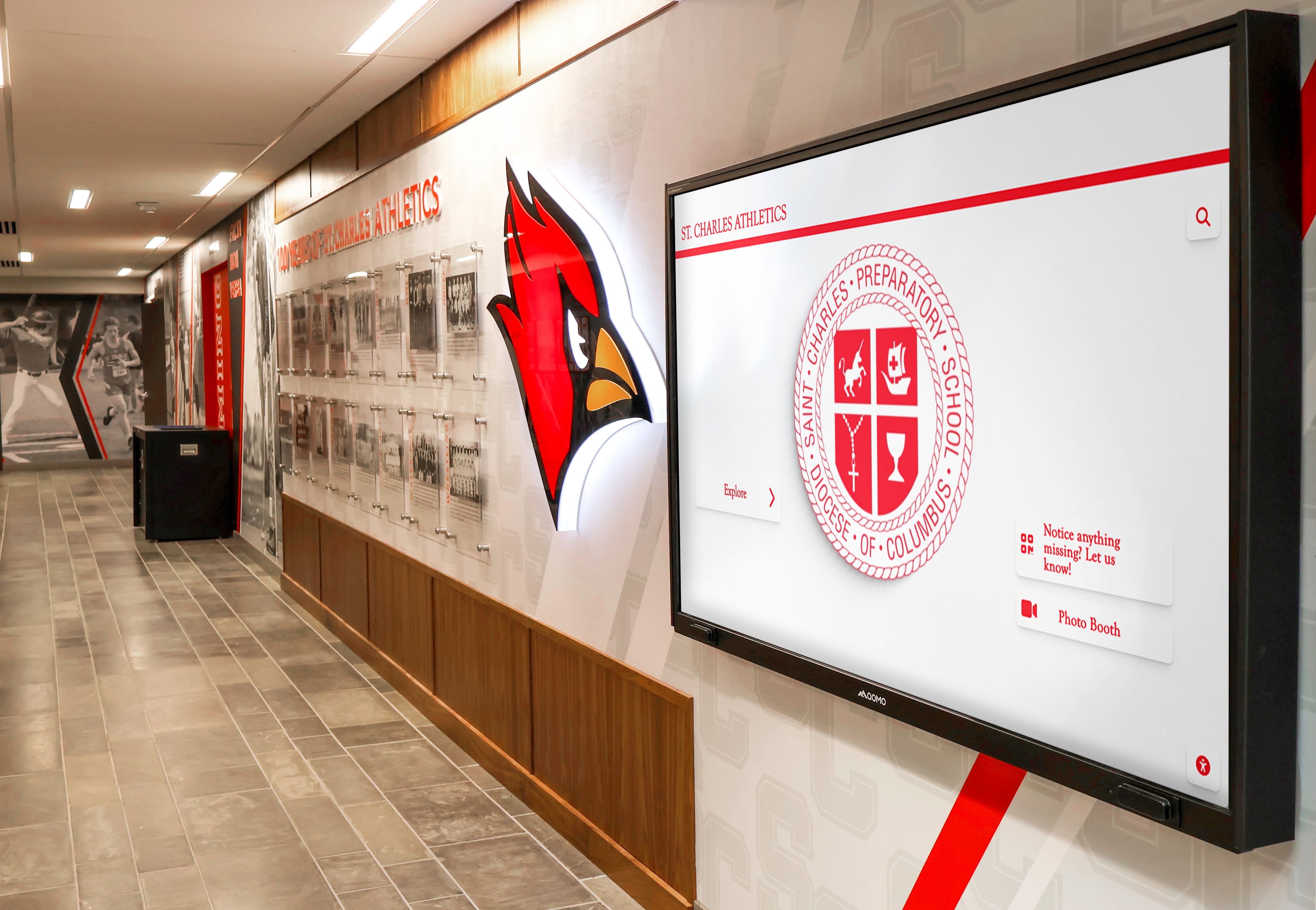
Weighted vs. Unweighted GPA: Institutions must clearly communicate whether valedictorian selection uses weighted GPA (accounting for advanced coursework difficulty) or unweighted GPA (treating all courses equally). Weighted systems encourage students to challenge themselves with rigorous coursework.
Course Requirements: Some schools establish minimum requirements for valedictorian consideration:
- Minimum number of advanced placement or honors courses
- Specific subject area requirements
- Full-time enrollment throughout high school
- Completion of certain capstone or senior projects
Whatever criteria schools establish, transparent communication ensures students and families understand standards while working toward achievement.
Gathering Comprehensive Valedictorian Information
Rich recognition profiles require collecting detailed information about recognized students beyond basic academic data.
Essential Information to Collect:
Academic Details:
- Final cumulative GPA
- Class rank and size
- Number of AP or honor courses completed
- Special academic programs or diplomas
- Academic awards and honors received
- Notable academic achievements or milestones
College and Career Plans:
- College or university selection
- Intended major or program of study
- Academic scholarship information
- Career goals and aspirations
- Summer programs or internships
- Special college programs or honors
Personal Elements:
- High-quality professional photograph
- Student quote or reflection on achievement
- Favorite teachers or influential educators
- Advice for younger students
- Extracurricular involvement highlights
- Community service or leadership roles
Collection Methods:
- Senior surveys or questionnaires
- Counselor office data compilation
- Student and family interviews
- Graduation ceremony programs
- Senior class records
- Parent communication and verification
Comprehensive information enables recognition that truly honors students rather than simple name listing.

Creating Meaningful Recognition Ceremonies
How schools celebrate valedictorians significantly impacts both honored students and broader school culture.
Recognition Ceremony Best Practices:
Graduation Recognition: Valedictorians typically receive special acknowledgment during graduation ceremonies:
- Introductions highlighting academic achievements
- Opportunities to address graduating class and audience
- Special cords, medals, or distinction indicators
- Recognition from administration and board members
- Family acknowledgment and involvement
- Photos documenting the recognition moment
Academic Awards Ceremonies: Many schools hold dedicated academic recognition events:
- Comprehensive celebration of various achievements
- Time for detailed individual recognition
- Family attendance and participation
- Speaker presentations from valedictorians
- Display of academic recognition systems
- Reception or celebration components
Digital Recognition Launch: Schools implementing new digital recognition systems often create special launch events:
- Unveiling interactive displays
- Demonstrating search and exploration features
- Highlighting historical valedictorians
- Inviting honored alumni back for recognition
- Media coverage building community awareness
- Student and family tours of new systems
Ongoing Visibility: Beyond initial ceremonies, effective recognition maintains visibility through:
- Prominent display location in high-traffic areas
- Social media posts celebrating achievements
- Newsletter and publication features
- Website integration with admissions materials
- Board meeting presentations
- Community event displays
Measuring Recognition Program Impact
Effective valedictorian recognition programs demonstrate measurable positive effects on student motivation, school culture, and institutional reputation.
Academic Performance Indicators
Schools implementing comprehensive academic recognition typically observe positive trends in key performance areas:
Achievement Metrics:
- Honor roll participation rates
- Advanced course enrollment numbers
- Standardized test score improvements
- Academic competition participation
- College acceptance rates
- Merit scholarship awards
- National academic honor designations
Student Motivation Indicators:
- Student goal-setting focused on academics
- Counselor interactions about academic planning
- Parent engagement in academic support
- Study group formation and participation
- Academic tutoring and support utilization
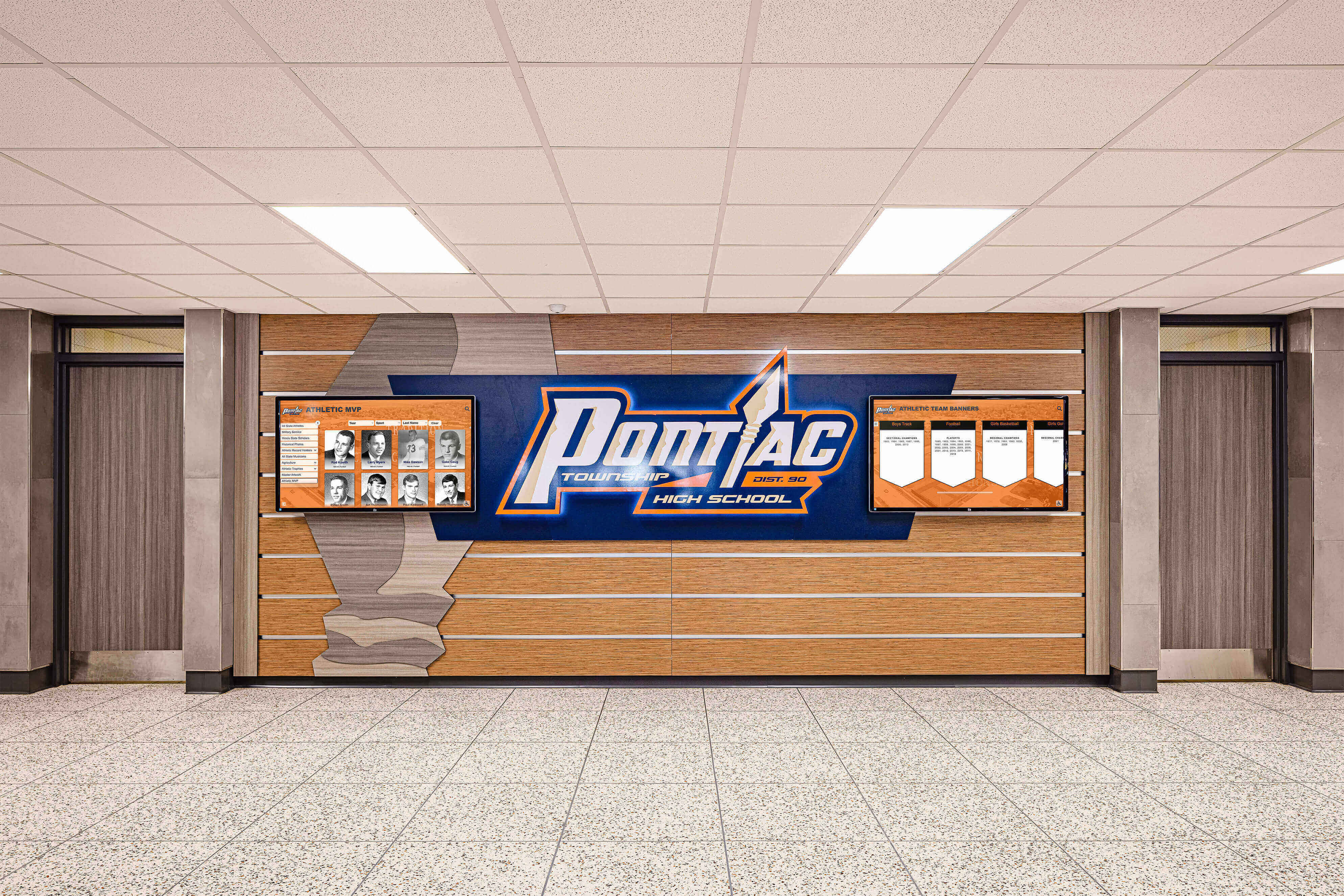
Cultural and Community Impact
Recognition programs influence school culture and community perceptions:
School Culture Effects:
- Student awareness of academic achievement value
- Balance between academic and athletic recognition
- Student pride in institutional academic quality
- Peer conversations about college preparation
- Alumni engagement with recognition programs
Community Awareness:
- Parent satisfaction with academic emphasis
- Community perception of school quality
- Media coverage of academic achievements
- Real estate impact from school reputation
- Alumni financial support and giving
- Board and stakeholder confidence
Solutions like comprehensive student recognition programs complement valedictorian honors by celebrating achievement across multiple categories, reinforcing that excellence takes many forms while maintaining special distinction for top academic performers.
Special Considerations for Different Institution Types
Effective valedictorian recognition adapts to unique characteristics of different educational environments.
High School Recognition
Traditional four-year high schools form the core context for valedictorian recognition:
High School Best Practices:
- Recognize valedictorians from at least 25-50 years when possible
- Include college destinations showing alumni pathways
- Feature scholarship information demonstrating financial support
- Update profiles with notable alumni achievements when available
- Connect recognition to college preparation programming
- Maintain historical records even when physical space limits traditional displays
Schools can reference high school alumni recognition guidance for comprehensive approaches integrating valedictorian honors with broader alumni celebration.
Middle School Academic Excellence
Middle schools increasingly recognize academic excellence even without formal valedictorian designation:
Middle School Adaptations:
- Recognize highest academic achievers annually
- Celebrate students with perfect or exceptional GPA
- Honor academic improvement alongside absolute achievement
- Connect recognition to high school preparation
- Establish academic traditions building toward high school honors
- Use age-appropriate ceremony and recognition formats
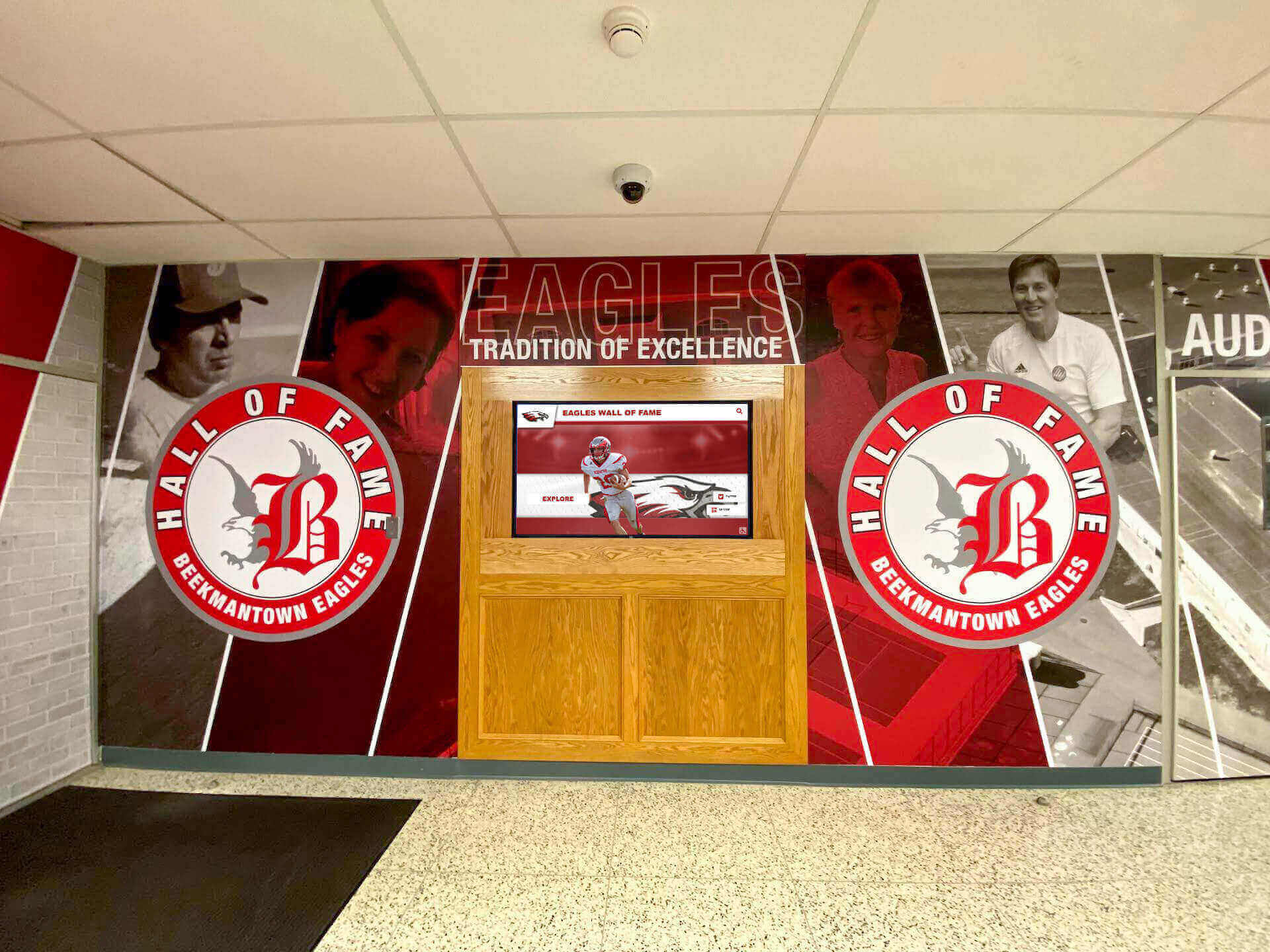
Alternative Education Programs
Alternative programs, online schools, and specialized academies require customized recognition approaches:
Program-Specific Considerations:
- Smaller class sizes may mean multiple valedictorians
- Non-traditional calendars affect annual recognition timing
- Specialized programs might emphasize specific achievement types
- Online or hybrid formats benefit particularly from digital recognition
- Transfer students may need special consideration
- Portfolio or project-based assessment requires adapted criteria
Technology Implementation and Support
Successful digital recognition requires proper technical implementation and ongoing support.
Hardware and Display Options
Rocket Alumni Solutions supports multiple display configurations matching different school environments and budgets:
Interactive Touchscreen Displays:
- Wall-mounted screens in main entrances or hallways
- Freestanding kiosks in guidance offices or media centers
- Large-format displays in auditorium lobbies
- Multiple displays throughout campus
- Outdoor-rated enclosures for exterior locations
Online and Mobile Access:
- Website integration with school pages
- Mobile-responsive access from any device
- QR codes linking to digital content
- Social media sharing capabilities
- Remote family viewing options
Hybrid Approaches:
- Traditional physical recognition with digital enhancement
- Complementary physical and digital systems
- QR codes on plaques linking to rich digital profiles
- Physical displays in main locations with expanded online access
Content Management and Updating
Sustainable recognition programs require efficient content management processes:
Annual Update Workflows:
- Collect senior information through established processes
- Verify academic data with registrar and counselor offices
- Gather high-quality photos during senior year
- Create profiles using simple web-based forms
- Review and approve content before publication
- Schedule content release coordinating with graduation
- Announce new recognition through multiple channels
Ongoing Maintenance:
- Correct errors when identified
- Add alumni achievement updates when received
- Incorporate historical research expanding older records
- Refresh photos ensuring high quality presentation
- Update college destinations as plans change
- Archive old content maintaining accessibility
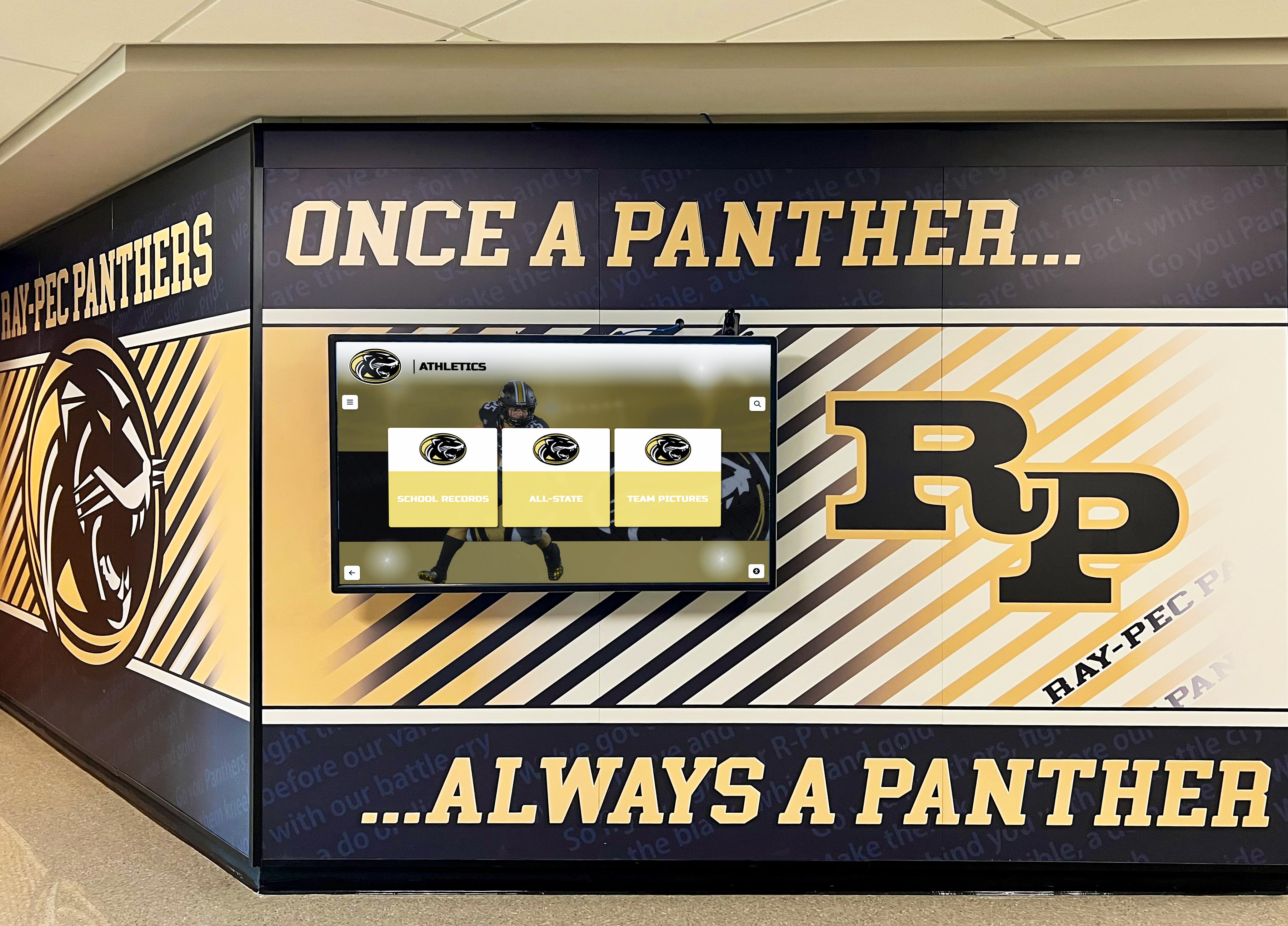
Technical Support and Training
Rocket Alumni Solutions provides comprehensive support ensuring successful long-term implementation:
Implementation Support:
- Needs assessment and planning consultation
- Hardware selection guidance
- Installation coordination and management
- Content migration from existing systems
- Staff training on content management
- Launch event planning and support
Ongoing Support:
- Technical support for any issues
- Software updates and improvements
- Training for new staff members
- Content strategy consultation
- Feature enhancement recommendations
- User community and resource sharing
Schools benefit from white-glove customer success support throughout implementation and operation, ensuring recognition programs succeed regardless of internal technical expertise.
Expanding Recognition Beyond Valedictorians
While valedictorian recognition anchors academic celebration, comprehensive programs honor diverse achievements creating inclusive recognition systems.
Multi-Category Academic Recognition
Effective programs recognize various forms of academic excellence:
Additional Recognition Categories:
- Salutatorians and top-ten graduates
- National Merit Scholars and finalists
- AP Scholars with distinction
- Subject-specific excellence awards
- Academic competition champions
- Research and publication achievements
- Perfect attendance with academic excellence
- Significant academic improvement
- Service learning and character awards
Building comprehensive school pride requires celebrating achievement across academics, athletics, arts, service, and character—with valedictorian recognition representing the pinnacle of academic acknowledgment within broader recognition culture.
Historical Recognition and Alumni Updates
Digital systems enable ongoing enhancement of recognition as alumni achieve continued success:
Alumni Achievement Updates:
- Graduate school completion and advanced degrees
- Professional accomplishments and career success
- Research contributions and publications
- Entrepreneurial ventures and innovations
- Community leadership and service
- Awards and honors received post-graduation
Historical documentation shows prospective students and families that excellent education launches successful futures—making recognition both celebration and recruitment tool.
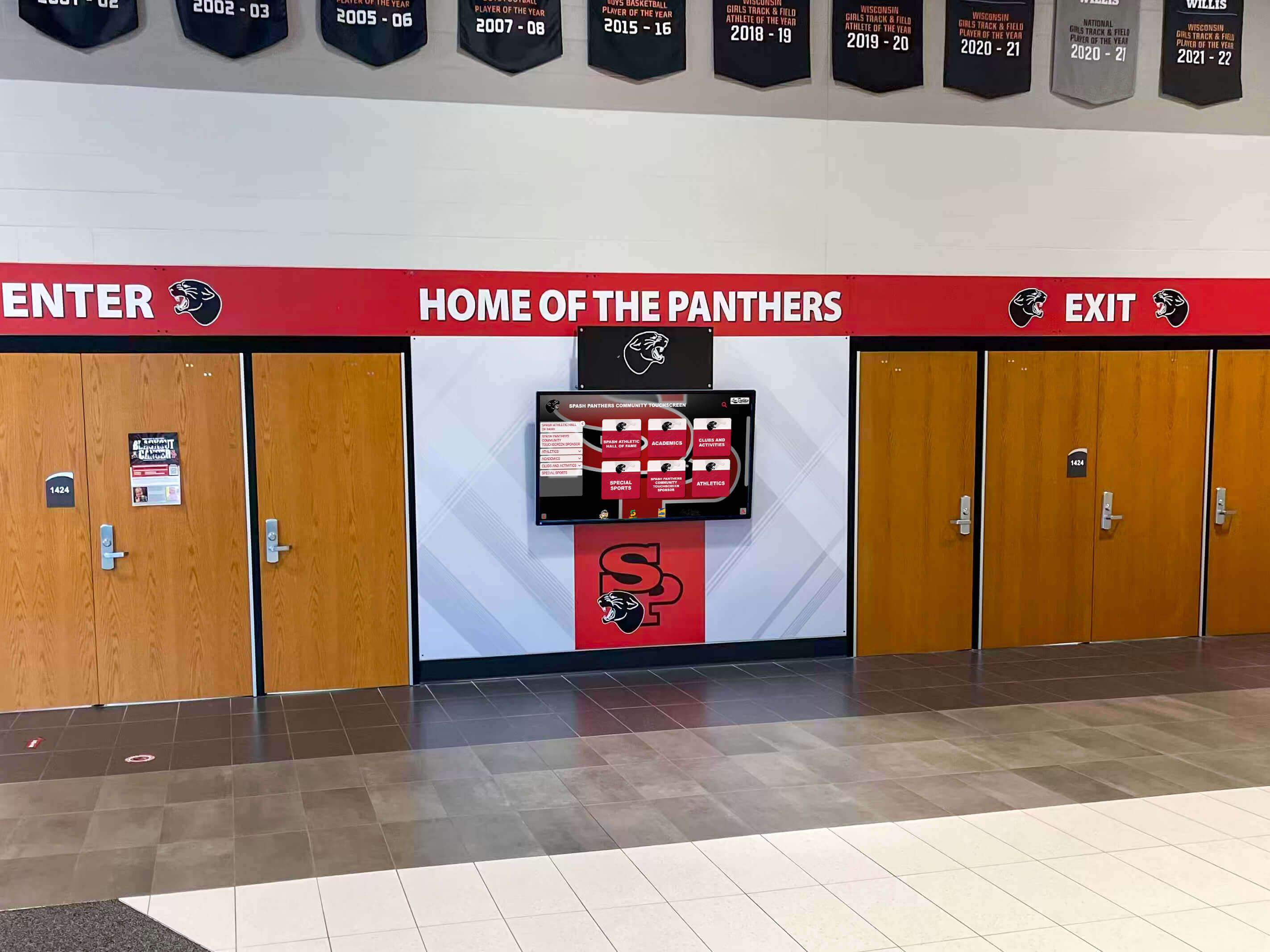
Budget Considerations and Implementation Timeline
Schools planning valedictorian recognition improvements should understand typical investment levels and implementation timeframes.
Investment Considerations
Digital recognition systems require initial investment but provide long-term value exceeding traditional approaches:
Initial Implementation:
- Recognition software licensing or subscription
- Touchscreen hardware and installation
- Content development and migration
- Staff training and launch support
- System customization for institutional branding
Ongoing Costs:
- Annual software licensing or maintenance
- Content management time (typically minimal)
- Periodic hardware updates or replacements
- Additional training for new staff
- Recognition ceremony expenses
Cost-Benefit Analysis:
- Eliminate ongoing plaque and engraving costs
- Reduce staff time for display maintenance
- Enable unlimited recognition without space limitations
- Increase family and community engagement
- Improve institutional reputation and recruitment
- Strengthen alumni relationships and giving
Many schools find digital systems cost-neutral or cost-saving over 5-10 year timeframes when compared to traditional approaches while providing dramatically enhanced capabilities and impact.
Implementation Timeline
Typical implementation follows predictable phases:
Phase 1: Planning (1-2 months):
- Needs assessment and goal setting
- Budget approval and funding
- Vendor selection and contracting
- Recognition criteria documentation
- Content collection process planning
Phase 2: Setup (2-3 months):
- Software configuration and customization
- Hardware selection and ordering
- Installation planning and preparation
- Content template development
- Staff training scheduling
Phase 3: Content Development (2-4 months):
- Historical data collection and organization
- Current year information gathering
- Photo collection and editing
- Profile creation and review
- Content migration and entry
Phase 4: Launch (1 month):
- Final testing and quality assurance
- Launch event planning
- Staff and student orientation
- Family and community communication
- Media engagement and promotion
Phase 5: Ongoing Operation:
- Annual update processes
- Regular content additions
- Continuous improvement
- Alumni engagement programs
- Assessment and refinement
Schools typically plan 6-9 months from initial planning to full launch, with ongoing operation requiring minimal ongoing staff time.
Conclusion: Celebrating Academic Excellence That Inspires Future Achievement
Valedictorian recognition represents far more than honoring past achievement—it creates aspirational models, reinforces institutional values, builds pride, and inspires current and future students to pursue their own academic excellence. When schools implement recognition systems that comprehensively celebrate academic achievement with the dignity and visibility it deserves, they strengthen educational cultures while creating lasting connections between institutions and their most accomplished graduates.
Modern solutions like Rocket Alumni Solutions transform valedictorian recognition from limited, static plaques into dynamic, engaging celebration systems that:
- Preserve complete institutional achievement history without space limitations
- Provide rich student profiles bringing accomplishments to life
- Enable easy updates maintaining current, accurate recognition
- Support interactive exploration engaging students and families
- Connect academic recognition with broader school culture
- Demonstrate institutional commitment to educational excellence
Key Principles for Successful Valedictorian Recognition:
- Establish clear, transparent selection criteria
- Collect comprehensive information enabling meaningful profiles
- Implement sustainable annual update processes
- Create prominent visibility in high-traffic locations
- Integrate with broader academic recognition systems
- Leverage technology for enhanced capability and engagement
- Celebrate diversity of academic achievement types
- Connect recognition to institutional mission and values
- Measure impact on student motivation and culture
- Maintain long-term commitment across leadership changes
Schools that invest in honoring academic achievement through modern recognition systems create powerful motivation for student excellence while building the positive educational cultures their communities deserve. Valedictorians and academic achievers represent institutional success stories worthy of lasting, meaningful celebration that inspires generations of future scholars.
Ready to transform how your school recognizes academic excellence? Rocket Alumni Solutions provides comprehensive digital recognition platforms specifically designed for celebrating valedictorians and academic achievers—combining intuitive management, engaging displays, and proven reliability that enables schools to honor achievement with the prominence and permanence it deserves.
Your valedictorians achieve remarkable academic excellence—modern recognition systems ensure those accomplishments receive the celebration that inspires continued achievement and builds cultures where educational excellence thrives.



































